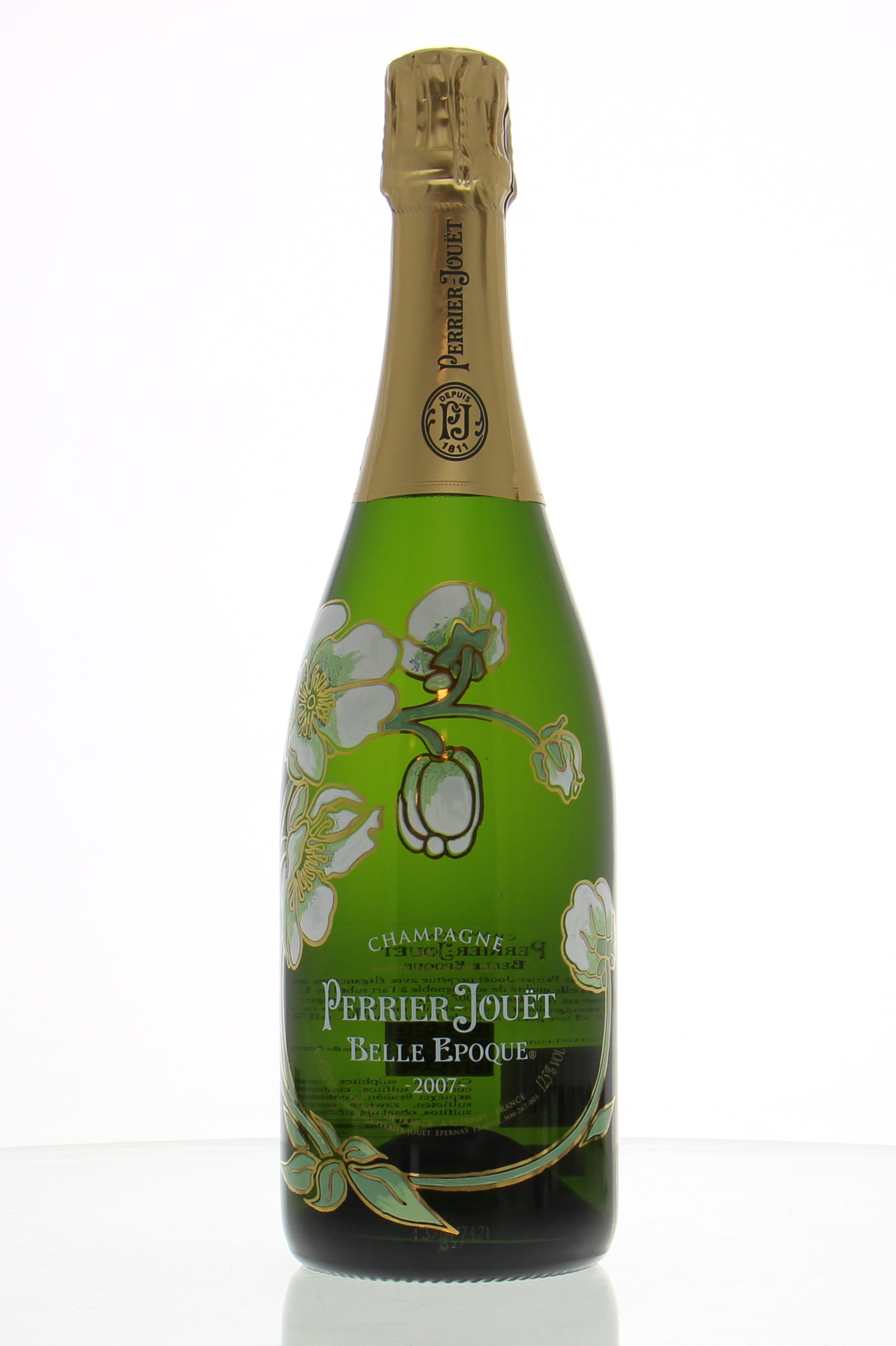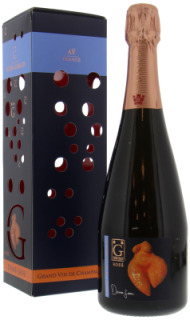

Wine
Explore more
Types of wine
Grapes
Countries
Champagne
Explore more
Whisky
Explore more
Types of Whisky
Whisky brands
Countries
Spirits
Explore more
Spirit brands
Rum
Explore more
Rum brands
Sale
Blog
About





















